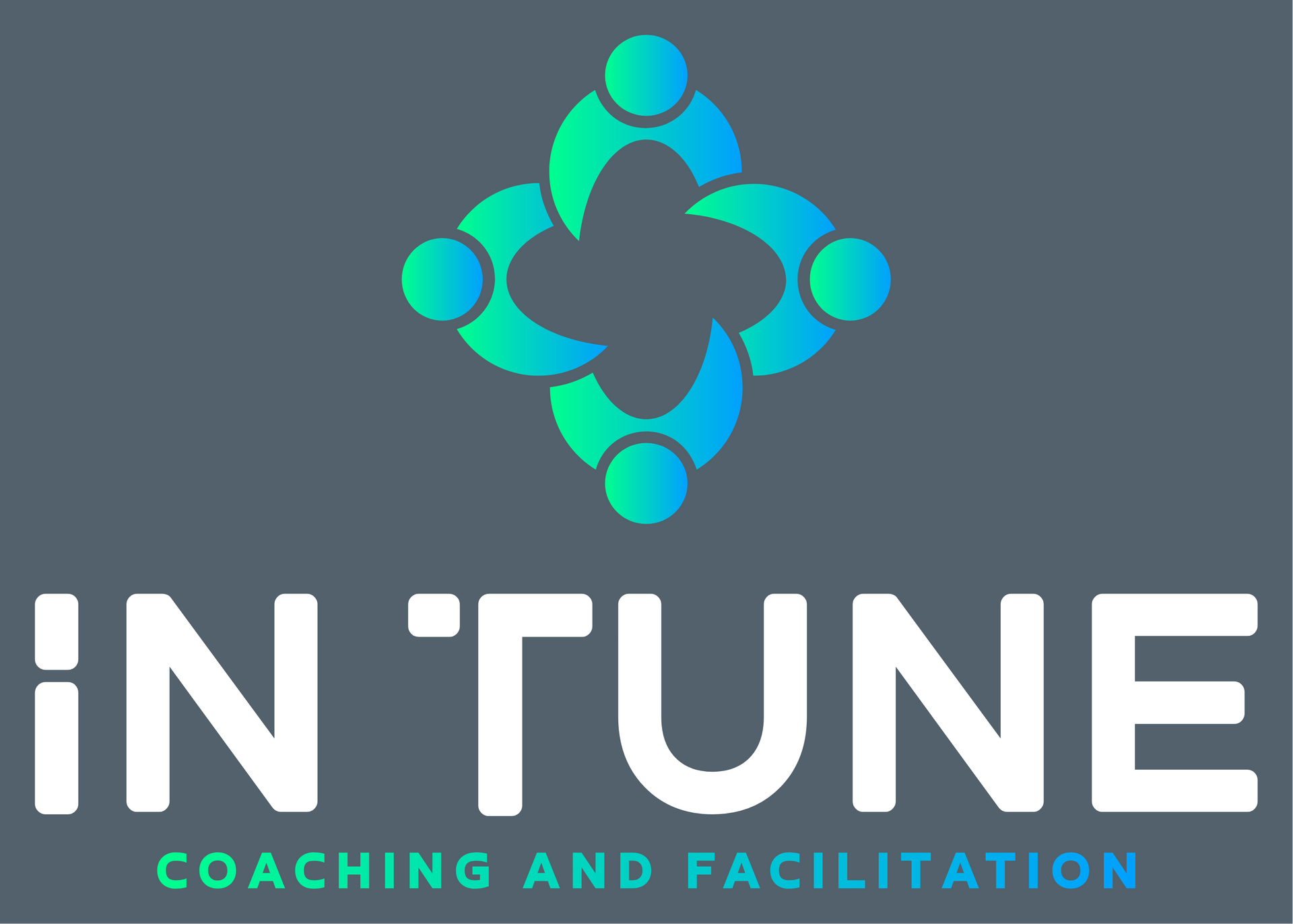Trusting Intuition Wisely: How Leaders Can Use Strategic Thinking to Make Better Decisions
"Confidence is a feeling, not a proof of accuracy." – Daniel Kahneman

Introduction: The Gut vs. The Grid
Strategy often requires bold decisions under uncertainty. Should leaders trust their gut? Or rely solely on data? Psychologist Daniel Kahneman and decision-making expert Gary Klein offer nuanced answers that, when combined, create a powerful lens for strategic thinking. In this blog, we explore how leaders can incorporate their perspectives into strategy development for more grounded, agile, and high-impact decisions.
The Strategic Intuition Equation
Kahneman and Klein famously met in the middle. While Kahneman warns against overconfidence in gut feelings, Klein shows that intuition can be reliable if developed in structured environments with consistent feedback.
As a leader, the key is not to reject or blindly trust intuition but to build conditions where it becomes a trustworthy tool.
Here’s how to apply this thinking to your strategy process:
1. Structure the Strategic Environment
"You can't trust your gut unless you've trained it." – Gary Klein
Ensure that your strategic decisions occur in environments with clear cause-effect patterns and regular feedback loops. This allows your intuition to be sharpened over time.
Example: A sales leader with years of exposure to customer behavior patterns can develop reliable instincts about which leads will convert. Use this informed intuition to shape go-to-market strategy, but validate it with data.
Leadership Tip: Build dashboards that combine lagging and leading indicators to provide regular feedback. Review them in strategy meetings to refine your instincts.
2. Beware of Strategic Overconfidence
"Confidence is a feeling, not a proof of accuracy." – Daniel Kahneman
Strategic leaders often fall into the trap of believing they know more than they do, especially after past success. Be especially cautious with big bets like mergers, market entry, or new product launches.
Example: A tech CEO feels confident about launching in a new international market based on one positive pilot. Before proceeding, the team does a premortem exercise, uncovering potential cultural, legal, and logistical risks that hadn’t been considered.
Leadership Tip: Use a "Strategic Premortem" during planning. Ask your team: "Imagine this strategy fails. What went wrong?" This surfaces hidden assumptions and blind spots.
3. Separate Tactical Decisions from Strategic Hypotheses
Strategic decisions are often hypothesis-driven. As Kahneman points out, jumping to a number or outcome too quickly can anchor thinking.
Example: During an R&D investment meeting, a leader first ensures the team has independently written down their views on feasibility and ROI before discussion. This minimizes groupthink and allows for more objective deliberation.
Leadership Tip: Use asynchronous brainstorming before strategy meetings. Encourage team members to submit their input independently.
4. Leverage the Premortem and Mental Simulation
Both Klein and Kahneman recommend exercises like the premortem to improve decision quality. These approaches turn intuitive insights into structured scenarios.
Example: A product manager leading a launch initiative runs a premortem where every stakeholder imagines the product has failed. The team identifies weaknesses in onboarding, pricing, and competitor response – improving the launch plan.
Leadership Tip: Combine the premortem with a postmortem-style review of past strategic projects. Institutionalize learning.
5. Build a Culture of Curiosity and Debate
"Curiosity is a counterforce for contempt." – Gary Klein
Strategic quality improves when dissent is not just tolerated but invited. Create a safe environment where opposing views are explored.
Example: At a manufacturing firm, the COO runs strategy labs where junior staff are encouraged to challenge assumptions and present alternative models.
Leadership Tip: Encourage contrarian thinking in meetings by assigning a "devil's advocate" role. Praise thoughtful disagreement.
Conclusion: Intuition as a Strategic Asset
Intuition should neither be feared nor glorified. It should be nurtured. When grounded in experience, validated with data, and filtered through deliberate thinking, intuition becomes a strategic superpower.
By integrating Kahneman and Klein's ideas into your leadership playbook, you can make better decisions, reduce strategic risk, and build high-performing teams rooted in trust and clarity.
Recommended Reading:
- "Thinking, Fast and Slow" by Daniel Kahneman
- "Sources of Power" by Gary Klein
- "The Art of Strategy" by Avinash Dixit and Barry Nalebuff
- "The Art of Action" by Stephen Bungay
- "Decisive" by Chip & Dan Heath
References:
- American Psychology Journal, 2009: "Conditions for Intuitive Expertise"
- McKinsey Quarterly: Interview with Kahneman and Klein
Stay Tuned with Tune In: Your Go-To for Inspiration and Personal Growth
Join the In Tune community and get exclusive updates on our latest blog posts straight to your inbox! ✨
From mindfulness tips to insights on living a more fulfilling life, we’ve got the tools to help you tune into your best self.
Sign up today and never miss a beat! 🎶




